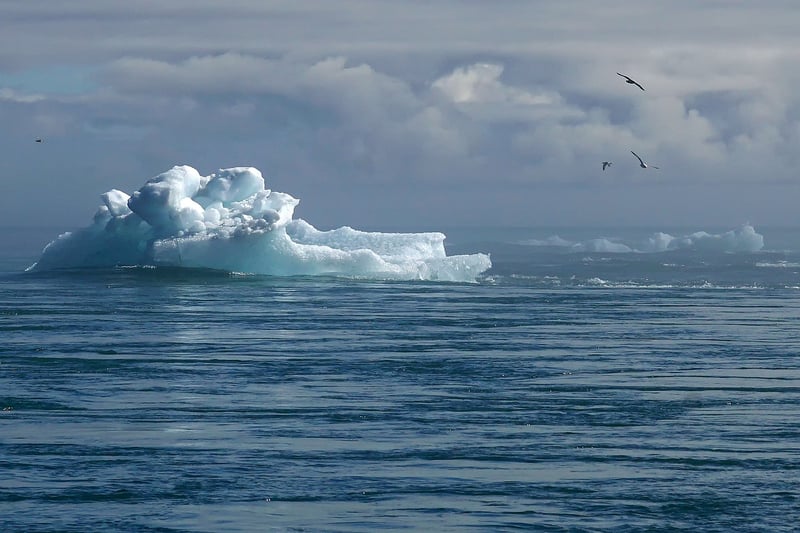Climate Change Resilience
Understanding Environmental Effects and Climate Change Resilience
Introduction
As our world faces the pressing challenges of climate change and environmental degradation, understanding the environmental effects and building resilience to climate change has become paramount. In this article, we will delve into the various environmental impacts and explore strategies for enhancing climate change resilience.
Environmental Effects
Human activities such as deforestation, industrialization, and use of fossil fuels have significantly contributed to environmental degradation. The consequences of these actions include:
- Loss of biodiversity
- Air and water pollution
- Global warming and climate change
- Extreme weather events
- Rising sea levels
Climate Change Resilience
Climate change resilience refers to the ability of communities, ecosystems, and economies to withstand and recover from the impacts of climate change. Here are some key strategies to enhance resilience:
- Adaptation: Implementing measures to adapt to changing climatic conditions, such as building resilient infrastructure and promoting sustainable agriculture.
- Mitigation: Reducing greenhouse gas emissions through clean energy initiatives and sustainable practices to lessen the severity of climate change.
- Community Engagement: Involving local communities in decision-making processes and empowering them to take action towards climate resilience.
- Policy Changes: Advocating for policies that prioritize environmental conservation, climate action, and sustainable development.
Conclusion
By understanding the environmental effects of human activities and actively working towards climate change resilience, we can mitigate the impacts of climate change and create a more sustainable future for generations to come.
Remember, each small step towards environmental conservation and climate resilience makes a significant difference in safeguarding our planet.

Image Source: Pixabay
